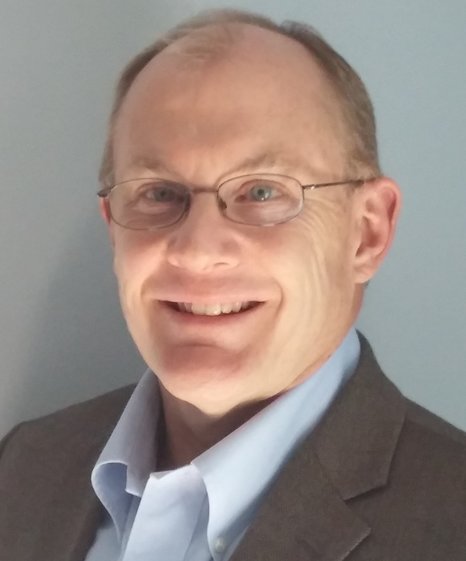ACP Uptake is Strongest in Places Where It's Needed Most
Monday, December 18, 2023
Digital Beat
ACP Uptake is Strongest in Places Where It's Needed Most
Updated ACP Performance Tool Shows Strong Enrollment in Low-Income and Rural Areas

Earlier this month, we released an updated version of the Affordable Connectivity Program Enrollment Performance Tool, with data current through October 2023, the most recent dataset the Universal Service Administrative Company (USAC) has posted on ACP enrollment. The downloadable USAC dataset shows that 21.6 million households had enrolled in the program through October 2023.
The updated tool has a new feature that is likely to be helpful to many stakeholders – the inclusion of selected past enrollment numbers for each zip code. The tool will display the actual number of ACP subscribers for October 2023 as well as the predicted number (per the results of the tool’s underlying model). Additionally, the results for each zip code will include actual ACP enrollment levels for April 2023, December 2022, July 2022, and January 2022. Users interested in looking at trends in enrollment for particular zip codes will now have the data to do so.
Two takeaways from the tool’s statistical analysis pertain to the enrollment dynamics in very low-income areas and rural America. As noted in analysis presented at the Telecommunications Policy Research Conference in September, there is a positive correlation between zip codes with a high share of households whose annual incomes are $15,000 or less and ACP enrollment. That finding controls for eligibility, population density, and other socio-economic indicators. This suggests there is a social dimension to enrolling in ACP, that is, even when taking eligibility criteria into account, places with a concentration of very low-income households are more likely to sign up for ACP. Word-of-mouth, it seems, is at play in places where lots of low-income people live and this helps foster a willingness to use the benefit.
Analysis of the ACP Tool’s performance data reinforces this point. In the poorest zip codes in America, the ACP Tool shows that about 370,000 more households have signed up for ACP than the model predicts. Enrollment, in other words, exceeds expectation by 8 percent. Some 37 percent of all households in very low-income zip codes (that is, zip codes where more than 17 percent of households have incomes under $15,000 annually, or the poorest 10 percent of all U.S. zip codes) have enrolled in ACP.
Rural areas also have greater-than-expected enrollment. Actual ACP enrollment exceeds expectations by 5% in rural America and overall enrollment (as a share of all households) is about the same in rural America as it is elsewhere. Some 16% of rural households have enrolled in ACP compared with 17 percent elsewhere.
With ACP’s future very much in doubt, why are these findings important? For one, it shows that ACP enrollment is not unfolding in some willy-nilly fashion. The subsidy’s uptake is strongest in places where it’s needed most—and in fact rates of enrollment exceed expectations in low-income and rural areas of the country. In the geographies discussed above, wireline broadband rates are 17 percentage points below the national average (for American Community Survey 5-year 2021 estimates). ACP has undoubtedly narrowed that gap, which is very much at risk of opening up again should the program sunset. The ACP Performance Tool shows where enrollment has been particularly strong—and thus shows the places most at-risk if the program ends.
John B. Horrigan is a Benton Senior Fellow and a national expert on technology adoption, digital inclusion, and evaluating the outcomes and impacts of programs designed to promote communications technology adoption and use.
The Benton Institute for Broadband & Society is a non-profit organization dedicated to ensuring that all people in the U.S. have access to competitive, High-Performance Broadband regardless of where they live or who they are. We believe communication policy - rooted in the values of access, equity, and diversity - has the power to deliver new opportunities and strengthen communities.
© Benton Institute for Broadband & Society 2023. Redistribution of this email publication - both internally and externally - is encouraged if it includes this copyright statement.
For subscribe/unsubscribe info, please email headlinesATbentonDOTorg






